Video Production Policy
In order to better steward our resources and to maintain branding standards, Gordon College has policies and procedures regarding video production projects. This method is coordinated through the Center for Technology Services and the office of the vice president for marketing and communications, which provide oversight and coordination to ensure efficient use of limited resources. This policy mainly impacts two types of video projects:
- Marketing/Promotion of College Programs to External Audiences
All videos which are promotional or related to the College’s branding, and which target external audiences, must adhere to the process detailed below. This includes all videos intended to be shown during high-profile Gordon events organized by Gordon’s Admissions, Development, and/or President's Office. - Any Vendor/ Paid Video Production
All video projects to be recorded and/or edited by videographers paid for their services through Gordon accounts must adhere to the process below. Gordon College is establishing a list of approved vendors that meet not only professional standards, but also grant the College full ownership of produced content. CTS can serve as a broker for contracts on such projects, and therefore must be involved prior to an agreement to proceed. Failure to follow the process below will result in requests for payment to outside vendors or in personal reimbursements not being approved.
STEP 1: Prior to starting a video production, a request ticket should be submitted to the Center for Technology Services ([email protected]).
Each project request should answer the following questions:
- Which department is responsible for the project? (Admissions, College Communications, GCSA, CEC, etc.)
- Who is the point person for the project?
- What is the purpose of the video?
- What is the time frame? (On average, effective video production projects require a minimum of 4–6 weeks.)
- What is the intended distribution format? (DVD, YouTube/iTunesU, public website, etc.)
- Has a budget been established and approved for this project? If so, what is your budget?
- Has this project been approved by a director, department chair, or cabinet officer?
STEP 2: NEEDS ASSESSMENT
The initial ticket will launch a needs-assessment step completed by CTS staff in consultation with College Communications or the Design Center. This process will include:
- Determining proper technologies to be utilized based on the purpose of the video. (Example: marketing piece for the Web, a piece for an event, recording an event for archiving/distribution, etc.)
- CTS, in consultation with the requestor, will confirm if the video project can be produced in-house, or if it will need to be outsourced to one of the Gordon's approved videographers (list maintained by CTS and the Design Center). Production of the video project in-house does not necessarily mean that timelines can be accelerated.
- Project timeline, budget, and approval status will be verified before contacting in-house video production staff or outside videographers for the pre-production meeting.
- College Communications, the Design Center’s creative director, and/or Gordon’s webmaster will participate in further production of any projects that may be used in a marketing capacity.
STEP 3: PRE-PRODUCTION
Project kick-off: including all parties (requestor, CTS support staff, videographer, and likely a representative of Design Center or College Communications)
- Establish main message and intended audience
- Discuss treatment, including branding constraints
- If in-house, assign roles and responsibilities
- Discuss what decisions are firm and what can be revisited without incurring extra cost
- Discuss payment schedule
- Discuss ownership, copyright and deliverables, finished product and raw footage
- Sign-off to begin production, unless project is substantial enough to require storyboarding or scripting
STEP 4: STORYBOARD/SCRIPT REVIEW (for large projects)
- Iterative until sign-off (may be managed by email)
STEP 5: PRODUCTION
- Sign contracts, if applicable
- Acquisition of content
- Delivery of all release/permission forms
- Rough cut reviewed by CTS and Design Center staff to ensure that the project is consistent with branding and production quality standards and will meet expectations. Upon review of the rough cut, the videographers may need to complete one or more rounds of changes until the Design Center or creative director signs off on the approved video.
STEP 6: POST PRODUCTION
- Finished production review by CTS and Design Center staff
- Finalize credits and copyright
- Sign-off stating that goals and objectives have been achieved
STEP 7: PROJECT CLOSE OUT
- Delivery of video in all formats agreed upon to CTS
- Clearance of final payment to outside vendors, if applicable
- Distribution of video content online, or of physical media, as needed for requestor
- CTS support ticket closed

 Brand Resources
Brand Resources Video Production Policy
Video Production Policy


